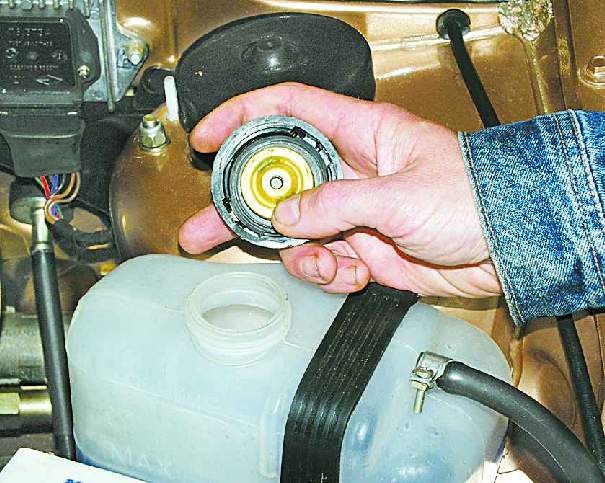Instruction
1
First check the surge tank cap for mechanical damage, scratches, cracks, wear and rust;
2
Since any cover consists of three parts: rubber mounting, snap ring and metal tip, check the spring. For this purpose it is necessary to compress. If you managed to do that easily, then it's time to change because the spring takes the pressure and it is simply elementary to disrupt, if she will skip this pressure;
3
Pull the vacuum valve, open it and verify that it closes completely when released;
4
Check the saddle valve to the vacuum surge tank cap for dirt. Make sure that when opening and closing the vacuum valve has not been any deviations from the standard;
5
Check the pressure relief cap of the expansion tank. To do this, attach to it a special device and screw the pump on the lid, respecting the instructions and power it up to open the valve. Don't forget to increase the pressure until, until the meter pointer will not cease to move. Remember that the opening pressure of the outlet valve is (90-120) kPa and the closing pressure of the exhaust valve about to 83.4 kPa. If the pressure does not correspond to the desired value and below 80 kPa, replace the surge tank cap;
6
The same device can be checked and the cooling system for leaks by placing it on the neck of the surge tank. Create pressure to 0.12 MPa and check that the manometer showed this value for 10 seconds. Otherwise, the cooling system has a leak, which is easy to detect the leakage of the coolant;
7
Very carefully to purchase a new cover, as not all of them can go. Focus on the marking of the old cover.
